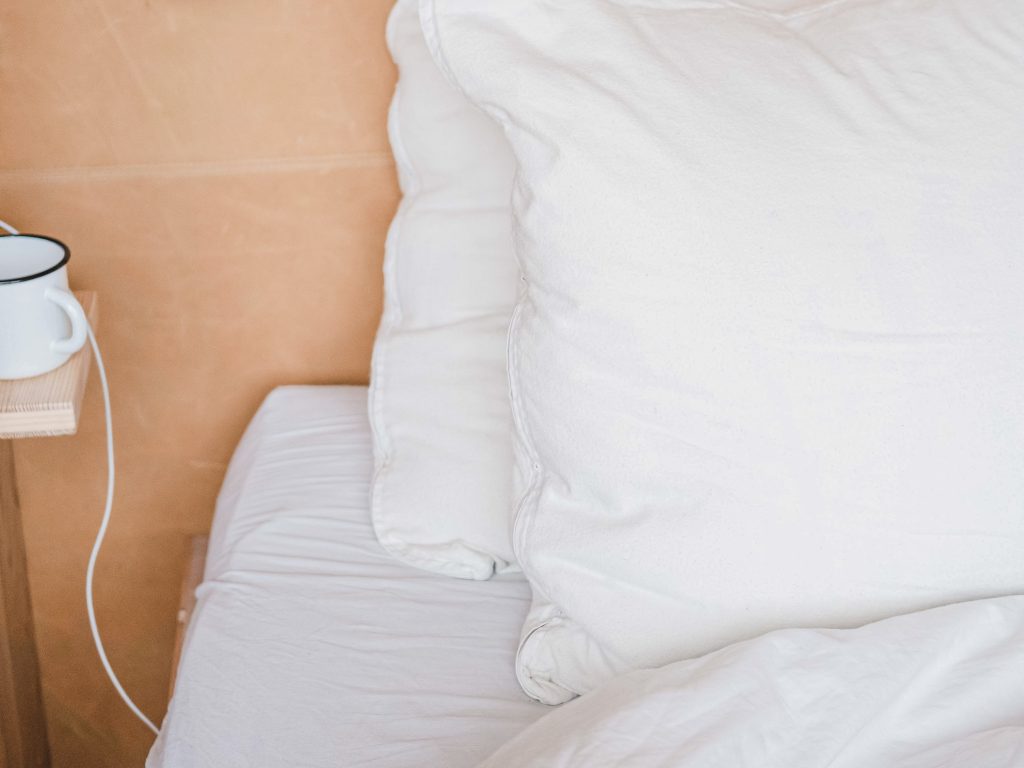

Hair loss and your pillowcase might seem an unusual connection, but the truth is that your pillowcase plays a significant role in your hair’s health. A dirty pillowcase can contribute to hair loss, affecting your confidence and overall well-being. Hair loss is a common concern for many people, with various potential causes. This article delves into the surprising link between hair loss and your pillowcase, exploring the mechanisms and providing actionable strategies to combat this issue. We’ll examine the detrimental effects of a dirty pillowcase, outline practical steps to improve hygiene, and discuss the broader implications for hair health. Prepare to uncover the secrets behind this often-overlooked hair loss culprit and discover how to keep your hair looking its best.
The Surprising Link Between Pillowcases and Hair Loss
The Dirty Truth About Your Pillowcase
Hair loss is a common concern affecting millions worldwide. While many factors contribute to hair loss, such as genetics, diet, and stress, the cleanliness of your pillowcase might be a surprising culprit. Over time, dead skin cells, hair products, and environmental pollutants accumulate on pillowcases, creating a breeding ground for bacteria and other irritants. This buildup can negatively impact the scalp, potentially leading to inflammation and ultimately, hair loss. The act of rubbing against the pillowcase during sleep can lead to breakage and even damage to the hair follicles. This article addresses the surprising connection between hair loss and your pillowcase, revealing how a simple act of maintaining pillowcase hygiene can make a significant difference in your hair health journey.
The Impact of Dirty Pillowcases on Scalp Health
Accumulation of Debris and Its Effect
Regular pillowcase cleaning is crucial for maintaining a healthy scalp environment. When pillowcases are not properly cleaned, layers of dead skin cells, hair products, and environmental debris can accumulate, blocking hair follicles and irritating the scalp. This can result in inflammation, dryness, and ultimately, hair loss. Furthermore, bacteria and fungi can thrive in this environment, exacerbating scalp irritation and creating an unfavorable environment for healthy hair growth. The constant friction against the pillowcase can also cause hair breakage and contribute to an overall unhealthy scalp, leading to hair loss.
Practical Steps for Maintaining Pillowcase Hygiene
Implementing Effective Cleaning Practices
Maintaining proper pillowcase hygiene is easier than you think! Regular cleaning with gentle detergents is crucial. Washing pillowcases at least once a week is an essential part of hair care. Hot water washing can help eliminate dirt, dust, and other accumulated particles that can cause irritation to the scalp. Be sure to thoroughly dry your pillowcases to prevent the growth of mold or mildew. Avoid using harsh chemicals or strong detergents, as these can dry out your hair and scalp. Alternately, you can consider using a silk or satin pillowcase, as these materials reduce friction and hair breakage during sleep.
The Importance of Choosing the Right Pillowcase Material
Reducing Friction and Hair Damage
Different pillowcase materials can significantly impact hair health. Cotton pillowcases, while affordable, can cause increased friction during sleep, leading to hair breakage and damage. The rough texture of cotton can contribute to hair loss by rubbing against the hair and scalp. Silk and satin pillowcases, however, have a smoother texture, which minimizes friction and reduces hair breakage. This reduced friction contributes to less hair damage and ultimately, fewer hair loss issues.
Additional Tips for Hair Loss Prevention
Holistic Approach to Hair Health
Addressing hair loss requires a multifaceted approach. A balanced diet with adequate protein intake is crucial for maintaining hair strength. Avoiding excessive heat styling and using hair care products with natural ingredients can help maintain healthy hair follicles. Ensure your stress levels are managed effectively. Regular exercise, sufficient sleep, and mindfulness techniques can promote better overall health, which, in turn, contributes to healthier hair. Consider consulting with a dermatologist if you experience persistent hair loss to rule out underlying medical conditions.
Frequently Asked Questions
What are the signs of hair loss?
Hair loss can manifest in various ways, from thinning hair to noticeable bald spots. Thinning hair might not be apparent to the naked eye, but a visibly thinner crown or temples could indicate hair loss. Hair that falls out excessively, especially during brushing or washing, is a possible indication, alongside noticeably less volume. Also, a receding hairline could be an indicator. In some cases, hair loss might be a symptom of an underlying medical condition, making a consultation with a dermatologist essential.
How often should I wash my pillowcases?
For optimal hair health and hygiene, washing your pillowcases at least once a week is recommended. While some individuals may find daily washing necessary, the key to maintaining hair health lies in the consistent removal of accumulated dead skin cells, hair products, and pollutants. This helps prevent the buildup of irritants on the scalp and minimizes the risk of hair loss related to pillowcase hygiene. Consistency is crucial for consistent positive results.
In conclusion, understanding the link between hair loss and your pillowcase is crucial for maintaining healthy hair. By addressing the potential causes and implementing the tips mentioned, you can take a proactive step towards healthier hair. Remember to frequently wash your pillowcases to prevent hair loss-inducing buildup. This simple act can significantly impact your hair health and contribute to a more confident you. Want to learn more about managing your hair loss? Visit our website for detailed guidance and explore other articles on hair care.